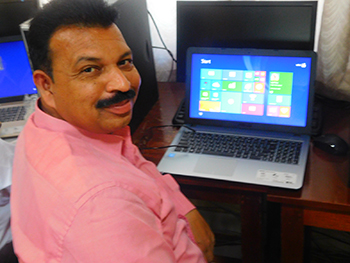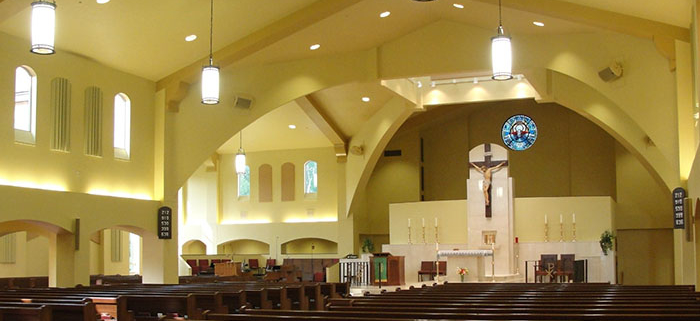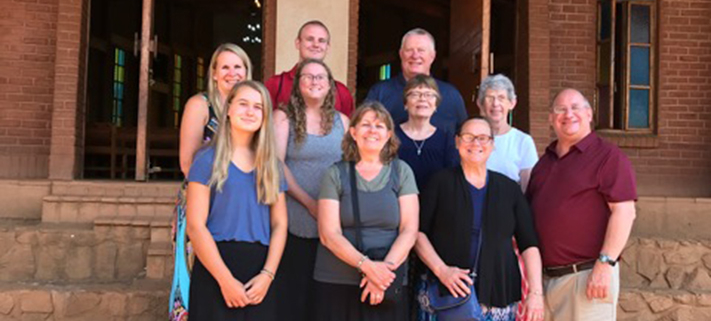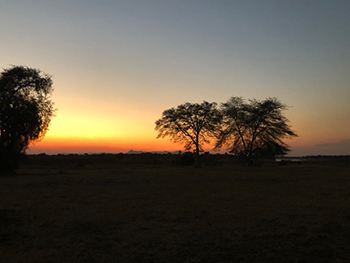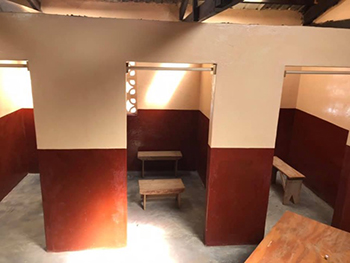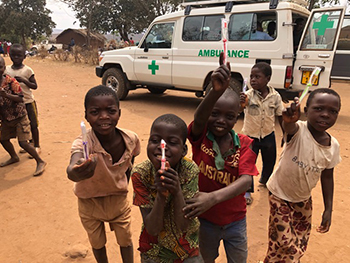Audio, Acoustics, and Video in the Worship Setting
Part 1: Acoustics
Our company is a design consulting firm. We design audio, video, and acoustic systems primarily for liturgical churches—Lutheran, Catholic, Episcopal, Presbyterian, etc. With 30-plus years of experience, we have worked with many situations both in new construction and in existing buildings.
In this series of articles we will explore room acoustics along with sound and video systems, noting how these elements are inseparable. To accomplish the goal of clearly communicating the Word at worship, these elements must work together. We will give tips and pointers about things to look out for, to take caution against, and things to pursue in the quest for developing the best spaces possible for worship. Finally, we will look at operating system “gotchas.” We will investigate problems like bad audio quality from a video, audio feedback, unclear or washed-out video images on a projection screen.
Sound and acoustics are inseparable.
Everything we discuss—design concepts and operational things alike—is based on the laws of physics. These laws provide the foundation for everything we do in system design and operation. We must follow them. After all, the good Lord gave them to us, so it’s our responsibility to work with them and not try to get around them!
As happens far too often, we get the call from a congregation needing a “fix” for a bad situation. The issues vary: poor speech clarity, feedback issues, “hot” and “dead” spots from the sound system, poor video images, poor sound quality from a video. The issue might be unfulfilled needs from when the current system was installed or when the building was constructed, or something more sinister.
A common misconception is that a problem is isolated and that a simple inexpensive “fix” like a new microphone is the solution. Sometimes that is the case. Unfortunately, in many cases the solution is not so simple or inexpensive. Allow me to tell a story, a true story. We’ll use this story as a backdrop to talk about how sound and acoustics are inseparable, how they must work together for a successful worship space.
In many cases the solution is not so simple or inexpensive.
Case Study
We were called to a church several years ago to solve issues with the sound system. It was a good-sized congregation and worship space. The building was five years old at the time. The premise was that they needed help with their sound system. There were some feedback issues, and worshipers could not always hear clearly. The committee felt that if we retuned the system and possibly provided some help with using the microphones, the problem would be solved.
When we arrived at the church, we found that the issues ran much deeper than just retuning the sound system. When the building was constructed, the congregation declined the recommendations made by a reputable acoustic engineer. They took the lowest sound system bid and required that speakers be either completely recessed or as invisible as possible.
At first glance the space was very bright and inviting. Loudspeakers were tucked into inconspicuous cavities. But reality was extremely unfortunate. The congregation was worshiping in a literal echo chamber. Coverage from the speakers was blocked by the sides of the cavities that made them so inconspicuous. Air handling system noise was loud enough to require one to shout to be heard. Feedback was common. The spoken word echoed like a bad surround sound system. Vocal solos sounded awful—though not the fault of the soloist!
Members were leaving the congregation. What was the purpose for coming to worship if one could not hear the pastor or a soloist because of feedback, echoes, and poor speaker coverage?
This congregation thought they had two simple issues to resolve. In reality those “simple issues”—feedback and lack of clarity—required a major rework of both room acoustics and sound system. No sound system was going to work with a room “misbehaving” as badly as that one. And the sound system was poorly laid out. When we visited the church for evaluation and testing, we stayed for weekend worship. People came out of the services asking hopefully if we could help them. “Can this be fixed?” they asked. It was an expensive “fix,” but after two years of planning and implementing sound and acoustic renovations, we heard members exclaiming on our return visit, “We finally have a church!”
It is surprising how often this sort of scenario plays out. It is equally surprising how many building committee meetings I have sat through where the committee has spent an hour or more discussing the paint color or the light fixtures for the narthex but only a few minutes about what in my opinion should be the overriding priority in the church: How are we going to effectively and clearly communicate the Word at worship? I understand that we want our worship spaces to look the best they can in honor of our Lord. But don’t we want people to hear clearly when they come to worship?
The question seems simple enough. But whether discussing a new building project or seeking solutions for an existing one, the answer is multifaceted. And it takes time, effort, and talking to the right people to answer questions properly. There is cost involved, but the key is spending money once on getting sound and acoustics right as opposed to spending money two or three times in search of a “fix” for unwise decisions of the past.
Let’s dissect what happened in this church: the “bad stuff,” the causes, and solutions to fix the “bad stuff.” The laws of physics will be intertwined in the discussion as we travel from a really bad situation to a much improved one. As we proceed, you may be reminded of or discover a similar situation in your own church.
As stated earlier, this church in appearance was inviting. Light yellow color splashes the walls. The space is open; it does not feel “closed in.” A cruciform shape with chancel platform at the cross-section lends itself to a closer view of the clergy.
Acoustically, the space should be conducive to sound/tone projection from front to back. The ceiling is peaked and open, which should further aid tone projection. Floor and walls are hard-surfaced. Pews have a thin cushion on the seat only, which has the potential of providing some acoustic balance between room empty and room occupied.
The hard surfaces are indeed desirable, especially for conducting liturgical worship with a need for speech clarity along with pleasing choral and organ music. But in order for that music to come alive so that the worshipers can understand song text and clergy sermon, there are several principles to follow.
Design Principles
One principle is that the hard surfaces on the side walls must be “diffusive.” That means the surface needs to be broken up, or uneven: slanted surfaces in varying degrees, wood slats up to four or six inches deep, or uneven brick. All of these will break up the sound waves that hit those surfaces and alleviate the “flutter” or echo from side to side in the space. Doing this will not reduce reverberation, but it will make the reverberation more pleasing.
A second principle is that the rear wall surfaces must either be diffusive or even somewhat absorptive. The rear wall can be a staunch enemy of spoken word clarity and musical quality if left untouched. Sound that hits this wall will “slap” back into the nave, creating a distinct echo for speech and a “smear” effect with music. Treating the rear wall will prevent that “slap” from occurring and will make the entire listening experience better.
A third principle is that some absorptive element in the space is necessary. The amount and placement depend on the room size and shape. But the objectives are to a) create an environment that “comes alive” for music while also allowing for articulate speech sound, and b) create an environment that is acoustically consistent between unoccupied and occupied—for example, a small wedding or a full Easter festival service. Pew cushions (seat only) will help, and sometimes absorption on wall surfaces is necessary. Acoustic plaster or fabric wrapped or other absorptive core panels are examples.
However, in this church, the walls are smooth and parallel; sound waves that hit them bounce back and forth unhindered. The rear walls—central nave and transepts alike—are tall, hard, and smooth. Consequently, sound waves that hit these surfaces bounce back to create a distinct echo in the worshipers’ ears. There is not enough absorptive property to the pew cushions to make them effective. The end result was a worship space that acted just like an empty gymnasium, with measured reverberation in excess of 3.5 seconds and sound echoing and “slapping” with no mechanism in place to dissipate the sound.
And the choir and soloists? They are located in a transept, arranged to sing directly into the opposite transept wall. There is no direct path for their sound to travel into the central nave, so they must be supported by the sound system.
Another principle to follow in worship space design is to keep the HVAC system as quiet as possible. HVAC noise has several sources: rumble caused by vibrating duct work, the hissing sound created by air trying to move through spaces in grates that are too small, blower fans moving too fast for what is needed in the space. The goal is to produce no more than about 50 decibels (dB) of ambient (background) noise in the space. This level is less than average normal conversation, which is usually measured at about 70-75 dB.
The HVAC system in this particular congregation hit a home run in the wrong direction. Shortcuts were taken with duct work that was not insulated well. Vent openings were much too small to allow air to pass through quietly, and blowers were much too strong. The result was rumble, hiss, and whistles that added up to over 70 dB of ambient noise.
When this church building was designed, the architect enlisted the aid of a good acoustician to recommend solutions to create a good acoustic space, solutions that would follow the principles listed above. The desire was for a worship space that would come alive for music but also deliver good speech intelligibility without too much ambient noise, aided by a well-designed sound system.
Such a sound system would feature loudspeakers of a size and type to aim the sound into the pews without allowing too much sound to reflect off walls and ceiling, especially rear walls. It would need to support the clergy clearly and support the choir without the obvious perception that they were being mic’d. And since the choir needed to be mic’d, the system would need to be designed so that some speakers—those that face the choir so they can hear the liturgy—would be shut off when the choir sings.
Besides these functional needs, principles in good sound design need to be followed. First, speakers need to be seen in order to be heard. We can’t “bend” sound around objects and walls on the way to the listeners’ ears; we need a direct path.
Second, to have the best chance at delivering good intelligibility, the sound system must be driven at a level at least 20 dB above the ambient noise level. For example, if we reach the goal of 50 dB ambient noise level in the space, then the sound system must be driven to a minimum 70 dB.
Third, the speakers need to be located as much as possible between the listener and the talker—in this case the clergy in the chancel. This helps the listener to associate the source of sound with the source of action. If the speakers are too far to the sides or are facing in from the rear, then more echoes like a poor surround sound system are created, and intelligibility is damaged.
Did the church get a good sound system? No. Many of the feedback issues we were asked to address were the result of the choir “singing to itself” because the speakers were playing directly into the choir microphones. Other feedback issues were the result of trying to overcome HVAC noise and a large cupola over the altar that reflected sound back down to the chancel and into microphones. They tried to turn up the sound system level, but the needed level was 90 dB or more. The space acoustically could not handle that level, and neither can the worshipers’ ears since this sound level is like a loud home stereo or a small bar band.
In an attempt to conceal the loudspeakers, cavities were constructed to house them. The cavities were small enough that much of the sound from the loudspeakers was blocked by the cavity walls. And the sound that did get out from the cavities was aimed mostly at the walls as opposed to projecting directly toward the pews. In short, the coverage was poor, echoes were abundant, and feedback was prevalent.
Well, all righty! This was quite a mess! How did we get from “can we fix this?” to “we have a church again!”? Let’s walk through the solutions.
Solutions
HVAC Noise. Without a major building renovation, we could not do anything with the HVAC system since duct work was underground and/or concealed in walls and with grates built into floors. The church’s working solution was and is to heat or cool the room before worship and then shut down the blowers at least during the sermon or for longer depending on room temperature fluctuation. This flawed HVAC system is a strong testimony to achieving a good design in new construction!
Room Structure and Acoustics. The walls were built. We could not change their shape. But we could add things to make them uneven. Again, the principle is to have uneven surfaces and some absorption to avoid the “flutter” between side walls and the “slap” from the rear wall.
It is also critical that, whether new construction or a retrofit, we preserve the aesthetic value of the worship space. We do not want anything looking like an afterthought. With that in mind, the congregation enlisted the aid of the building architect to turn the “fixes” into architectural elements in the space.
We added wood panels with slats perpendicular to the nave and transept wall surfaces to provide the diffusive element. This helped break up “flutter” which had been an issue even 85 feet between the transept end walls. We also added fabric wrapped absorptive panels to the nave rear walls and to the side walls to knock down the “slap.” We added absorption inside the large cupola located above the altar to break up and absorb the sound that was echoing down from above and causing more feedback.
Sound System. Our next article will go into detail regarding sound system applications (microphones, loudspeakers, and such). But I summarize here by saying that new, more articulate microphones were utilized for clergy and choir. And new loudspeakers were deployed—still low profile but outside the cavities and with better ability to aim the sound directly to the pews. And the speakers were split into zones so that the choir is no longer “singing to itself.”
The end result was a “new” church. Reverberation was reduced somewhat to alleviate the “smear” that damaged musical sound; yet the space still was very much “alive” for choir and organ music. “Slap” and “flutter” were nearly completely eliminated. Now the worshipers’ ears could hear as the Lord intended: receive and process a syllable once, then bring in the next syllable with no echo. The sound system was now feedback-free and sounded natural and clear for every worshiper.
It pays to get it right the first time!
This story is no fairy tale, but there is a moral: When looking at church acoustics and sound, it pays to get it right the first time! Take the time to plan for the right combination of wall shapes and diffusive and absorptive surfaces. Get the sound system right. Budget the funds to make it happen, including bringing the professionals on board who can do the complex design work. When you add in all the work you put into light fixtures, paint color, and wood finishes, the end result will be a worship space that “is a church!”
Next up: the sound system. What is sound? How do I get it right? What are the “gotchas”?
Written by David Hosbach
David Hosbach is President of DSH Audio Visions LLC, Milwaukee, WI. A 1983 graduate of Dr. Martin Luther College, his clients include: the Chapel of the Christ, MLC, New Ulm, MN; Peace Lutheran Church, Hartford, WI (WELS); the Cathedral of the Immaculate Conception, Mobile, AL; and hundreds of parish worship spaces of all sizes. For more information visit www.dshaudiovisions.com.
Learn about how WELS is assisting congregations by encouraging worship that glorifies God and proclaims Christ’s love.
WELS Commission on Worship provides resources for individuals and families nationwide. Consider supporting these ministries with your prayers and gifts.
[fbcomments num=”5″]
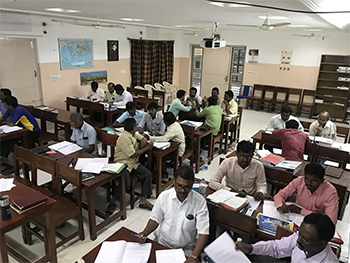
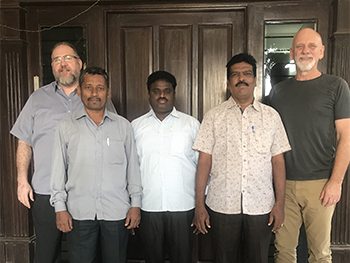
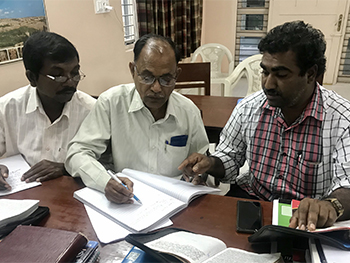

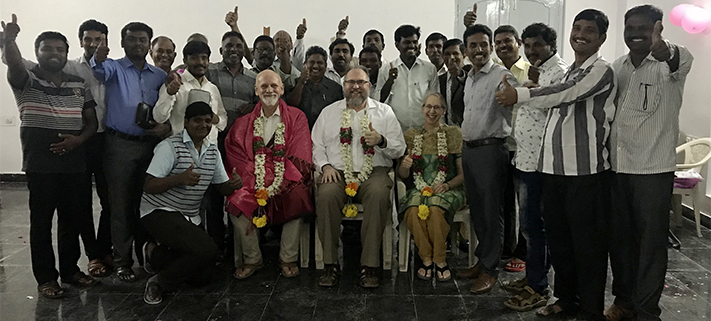

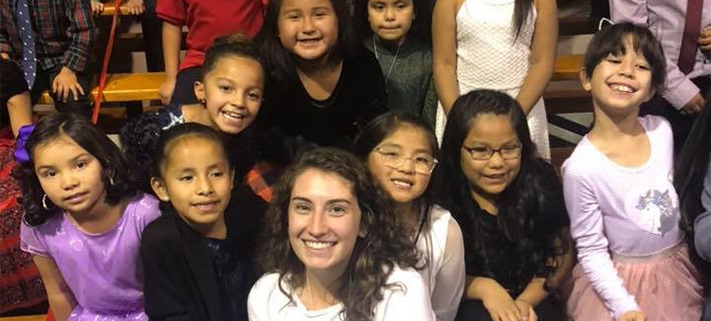

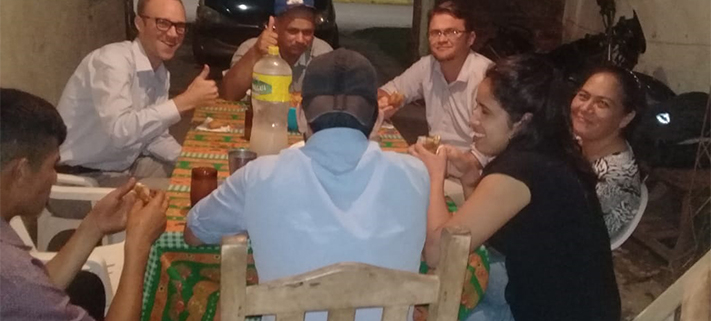
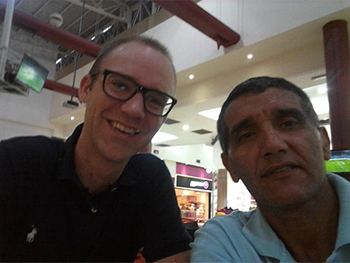
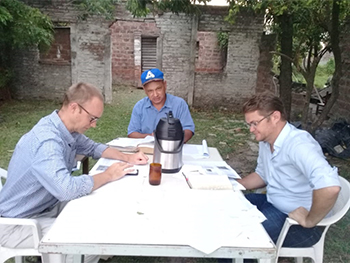
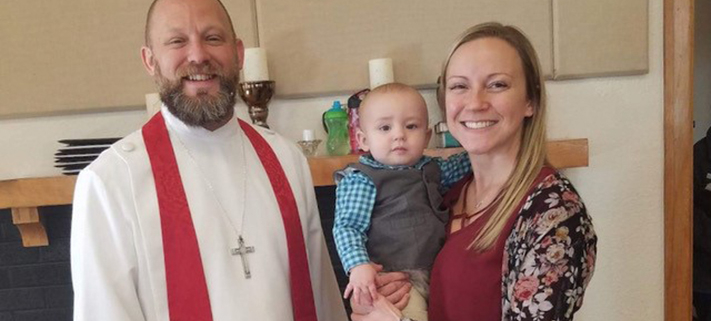
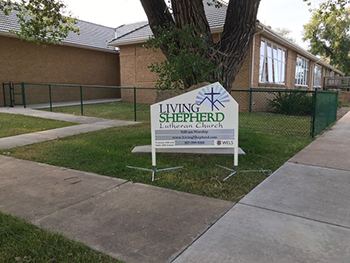
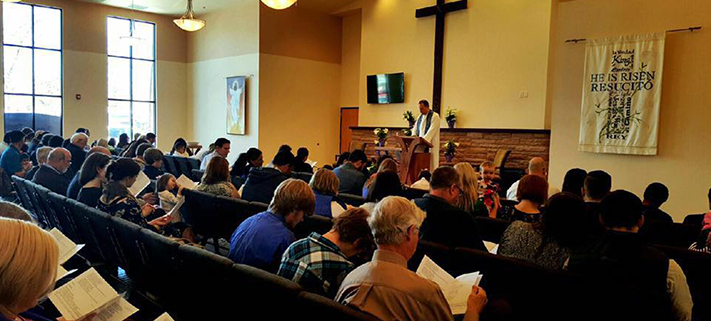
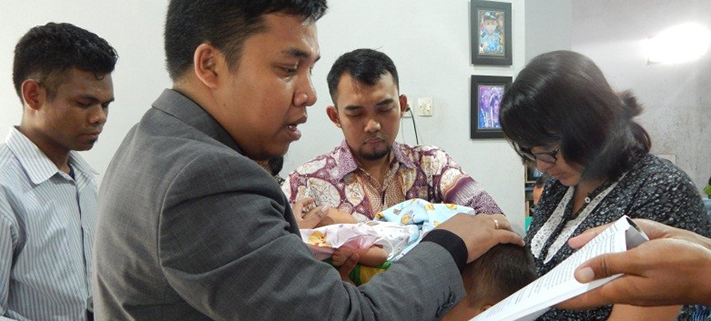
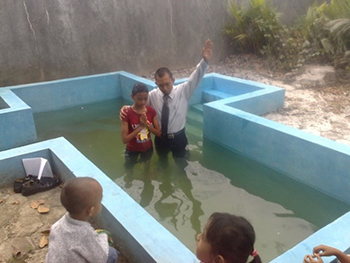
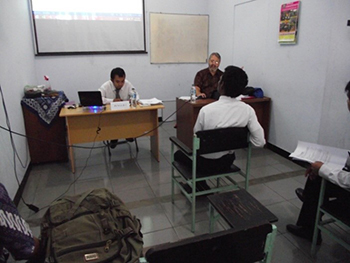
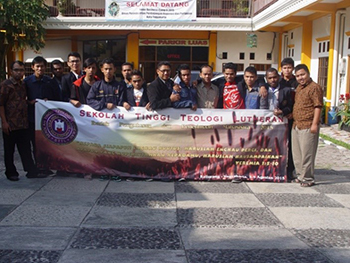
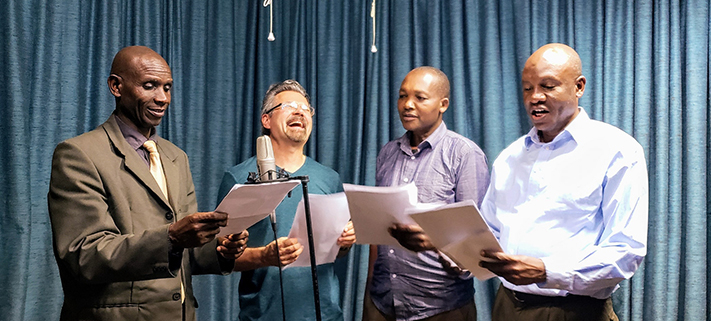
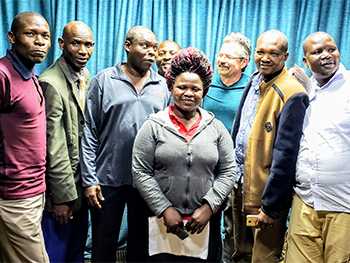
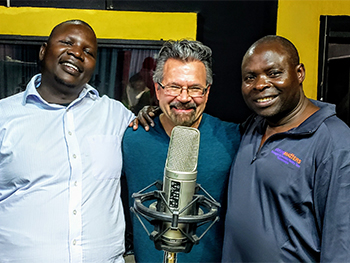
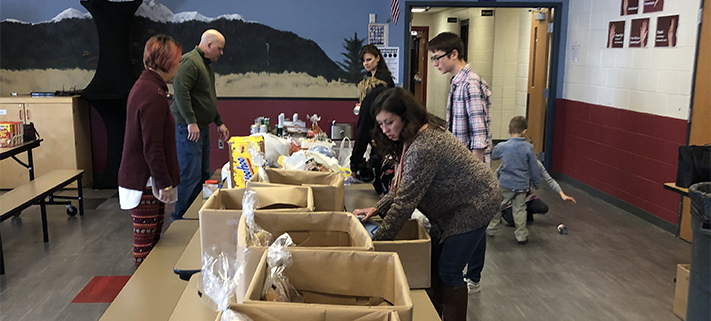


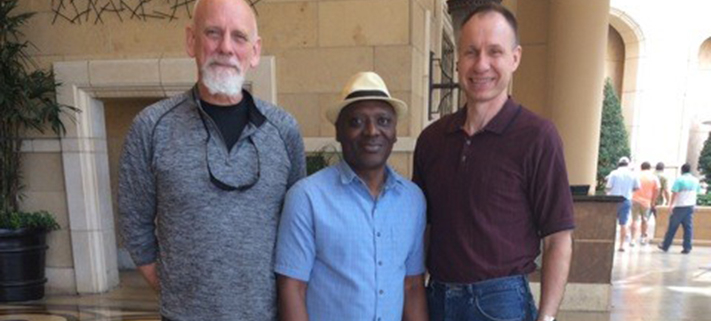
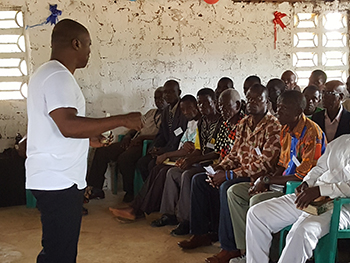
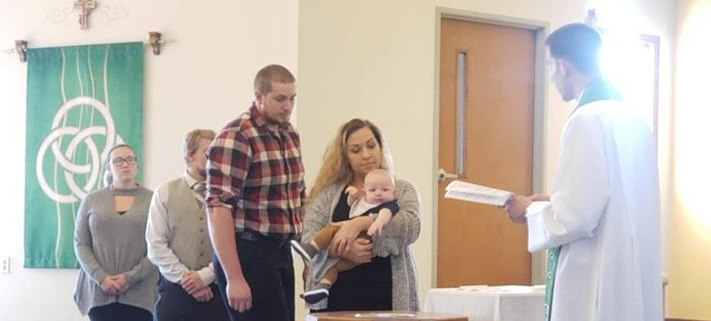
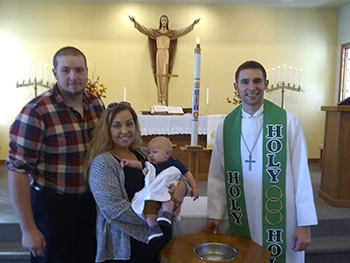
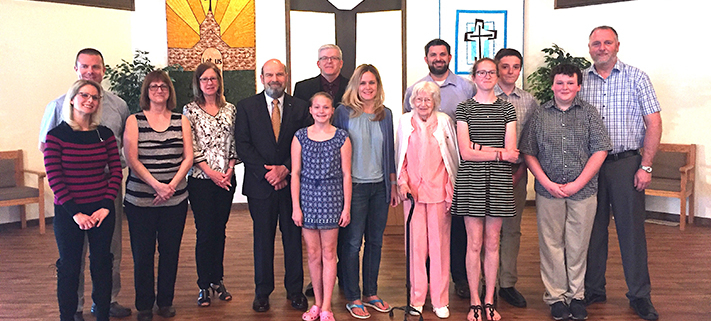
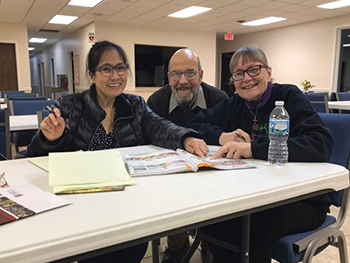
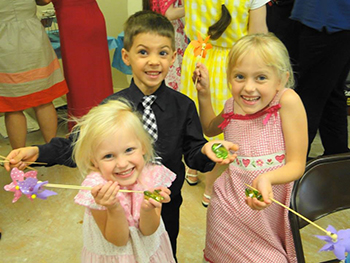
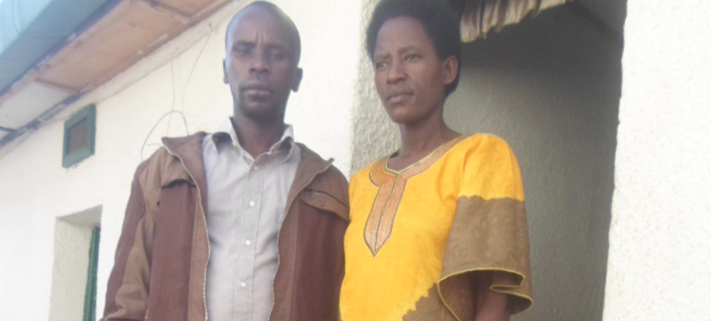
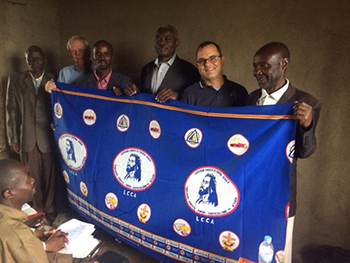
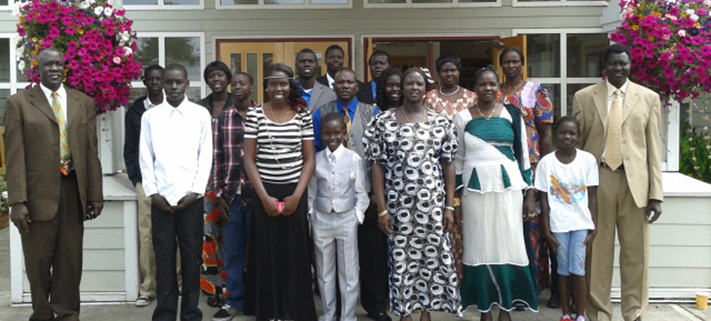
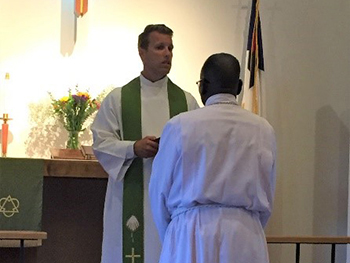
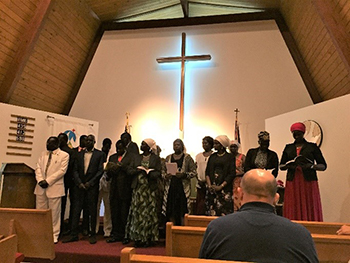




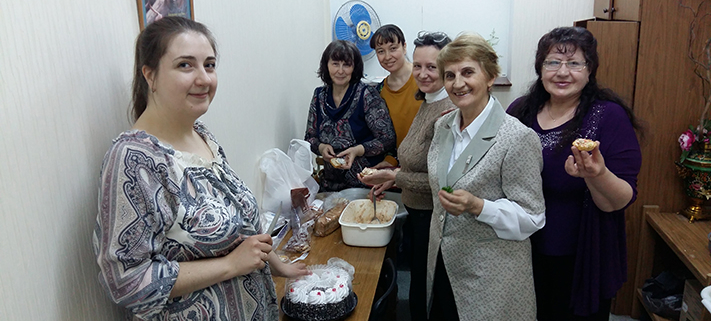
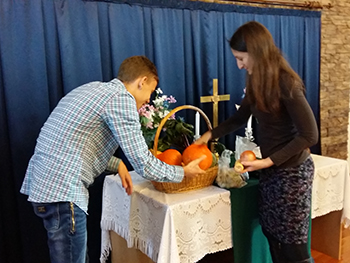

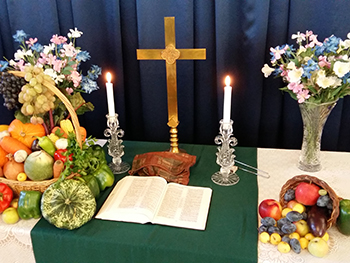

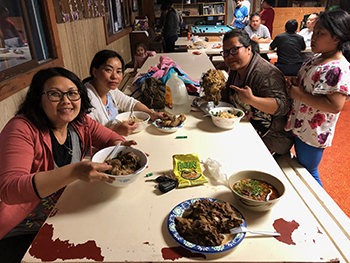
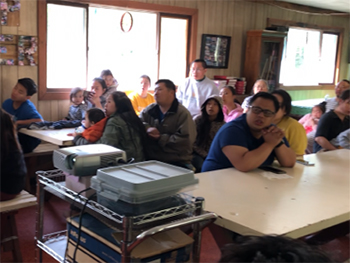
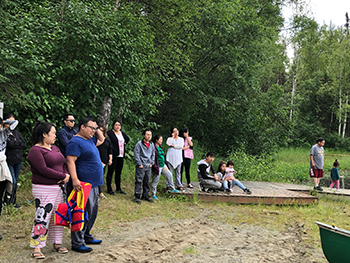
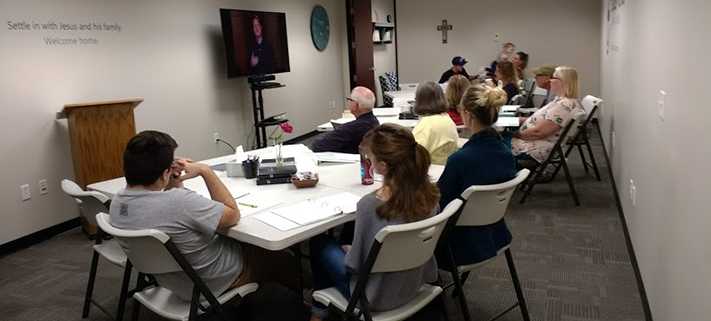
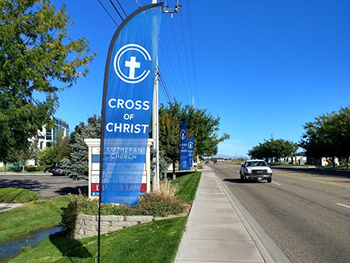
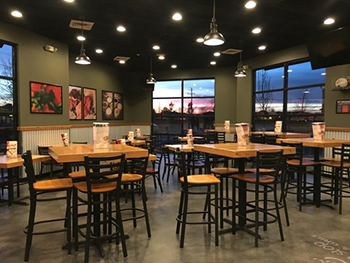
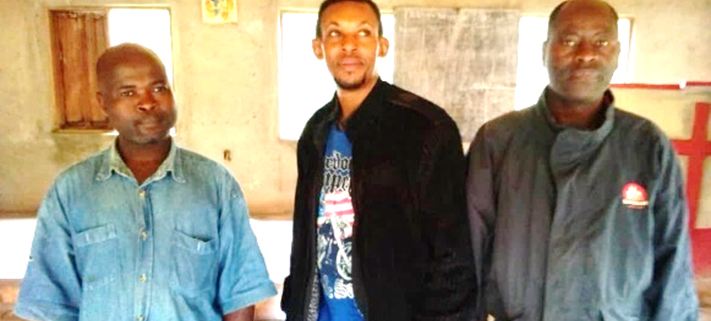
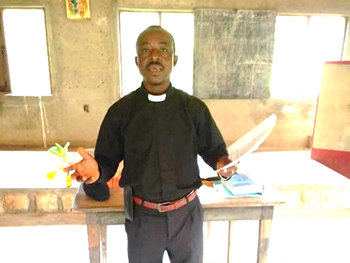
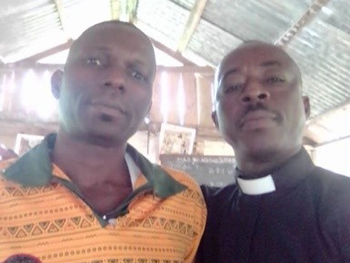
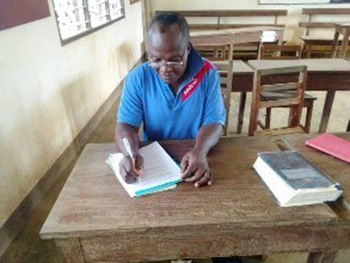


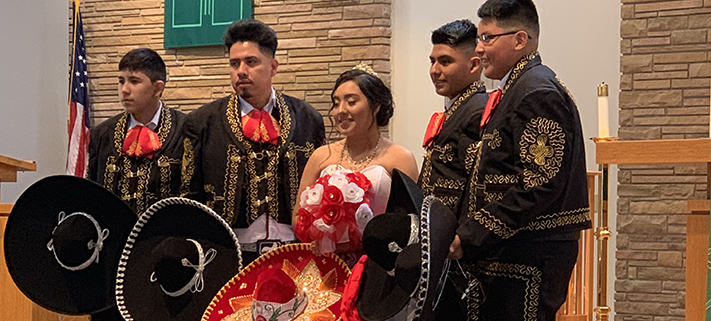
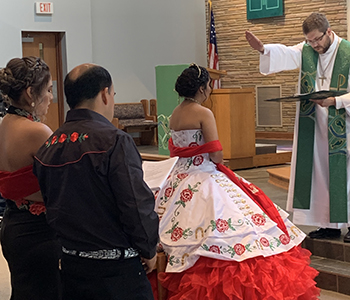
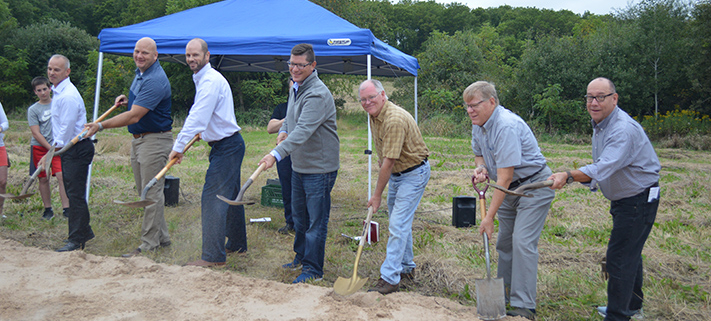

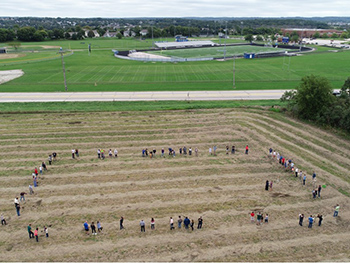
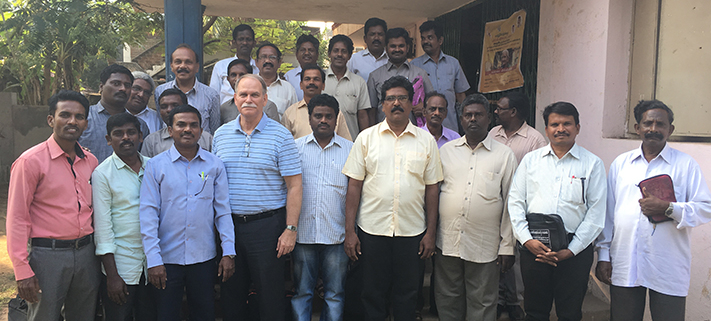
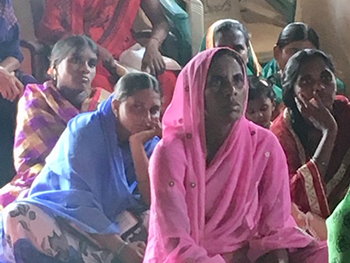 1) The caste system really hinders the spread of the gospel. In Zambia and Malawi, I saw how people from different tribes often didn’t get along well together. But the walls that tribalism erects in Central Africa pale in comparison to the barriers that the caste system builds to repel the gospel in places like South Asia. It’s rare for a Hindu of any caste to speak to a Christian. It’s practically unheard of for an upper caste individual to do so. God’s Word, of course, can accomplish great things. But it faces an enormous challenge among well over a billion people who live in South Asia. Something to keep praying about.
1) The caste system really hinders the spread of the gospel. In Zambia and Malawi, I saw how people from different tribes often didn’t get along well together. But the walls that tribalism erects in Central Africa pale in comparison to the barriers that the caste system builds to repel the gospel in places like South Asia. It’s rare for a Hindu of any caste to speak to a Christian. It’s practically unheard of for an upper caste individual to do so. God’s Word, of course, can accomplish great things. But it faces an enormous challenge among well over a billion people who live in South Asia. Something to keep praying about.